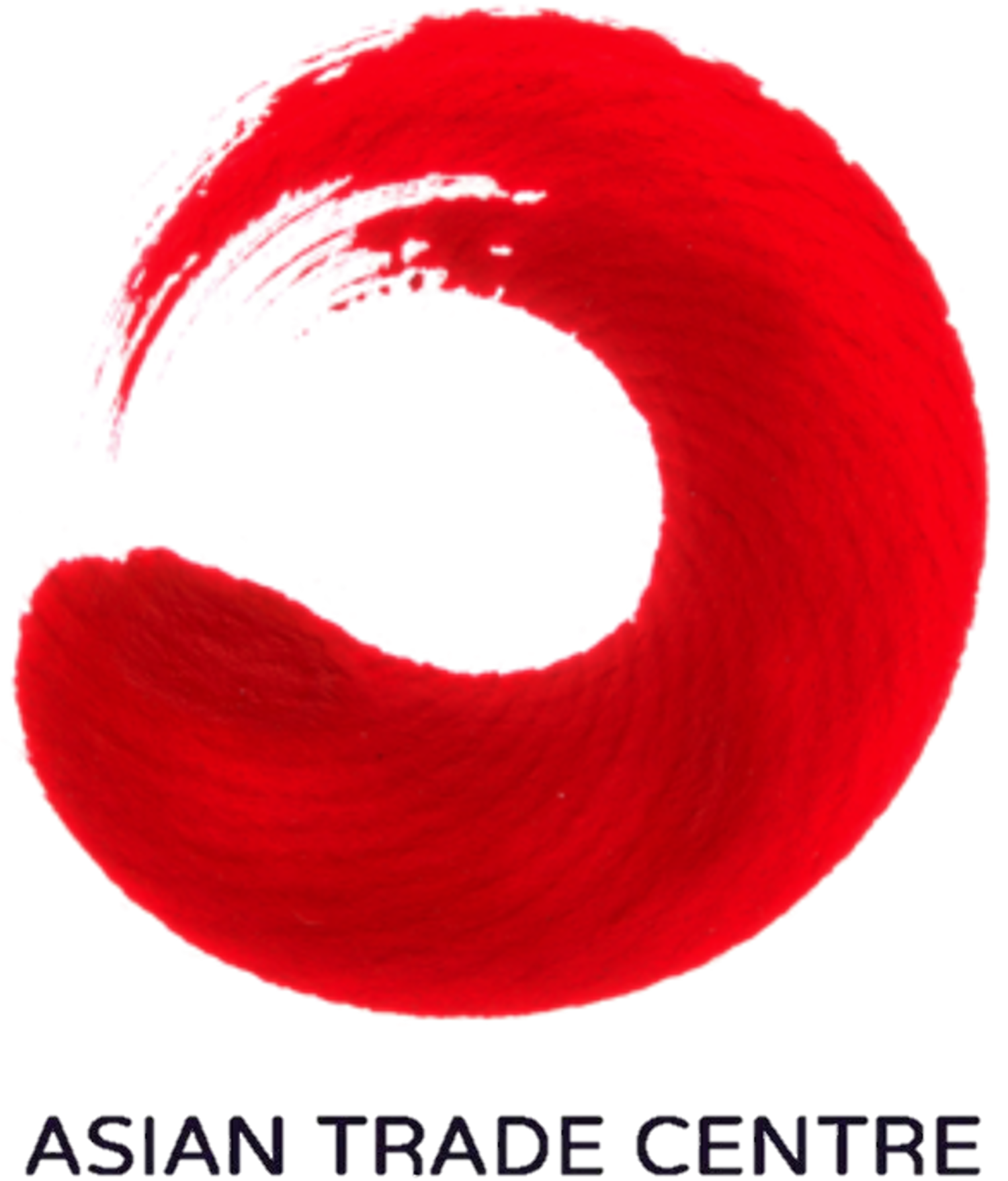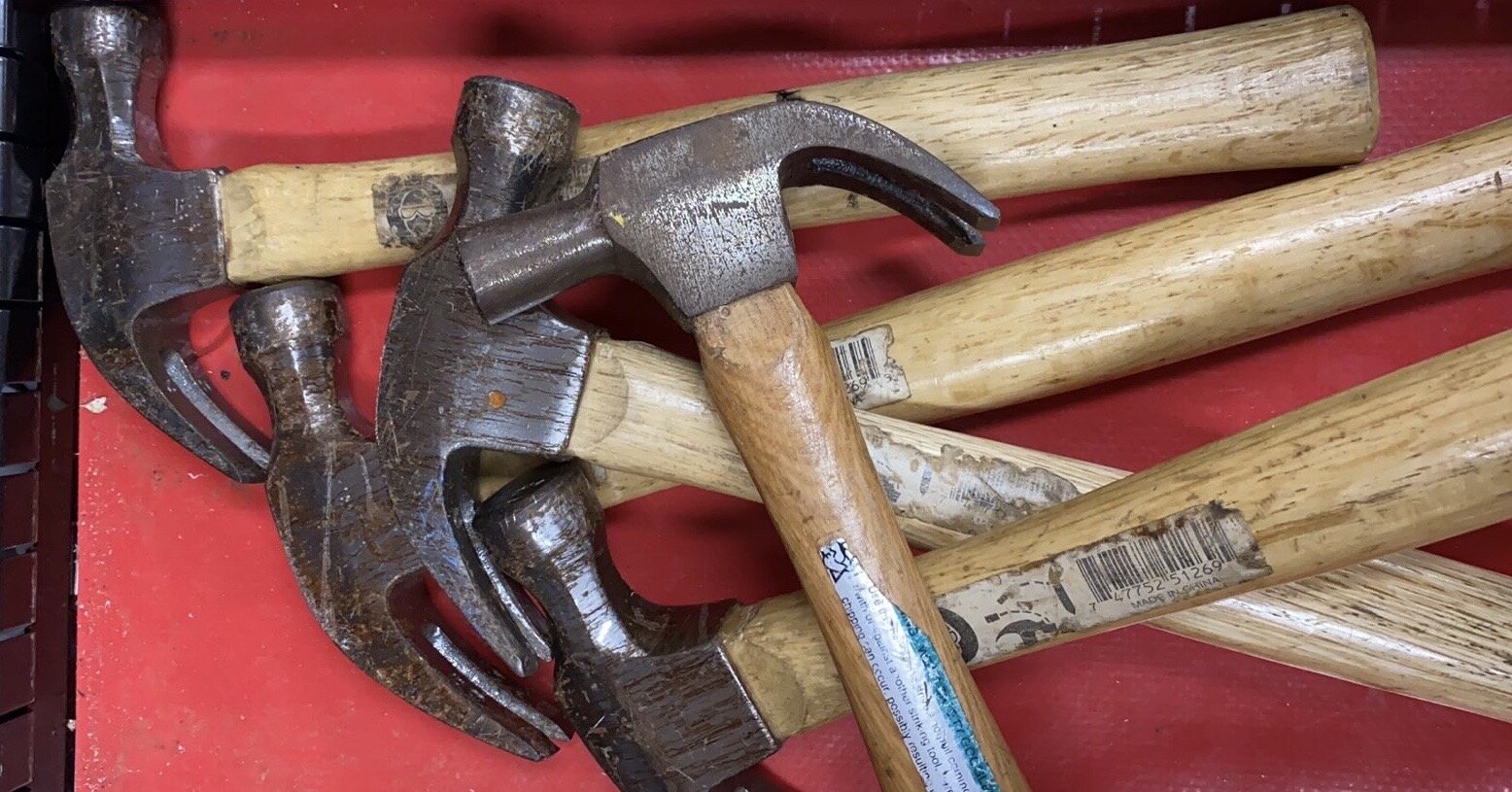There is another type of challenge that firms face in bringing important products to market—a variety of government policies that can limit supplies. This includes tariffs on a wide range of products that are important in combating the spread of the virus. Again, the primary focus has been on face masks and ventilators, but personal protective equipment (PPE) is not the only category of goods that hospitals, health providers, and patients require. Take the simple example of soap. Citizens are being urged to significantly ramp up handwashing to slow or stop the spread of the coronavirus. This practice obviously requires soap. Yet governments have surprisingly high tariffs rates in place for soap. These rates can slow or stop the flow of soap into the market. Vietnam, for instance, has a 27% MFN tariff in place for soap. Nigeria charges 30%, South Africa is 20%, Brazil is at 18%, and Indonesia and India both at 10%.
The Future of Trade
In a world of fear and panic, compounded by a global rulebook that is increasingly being suspended, firms are struggling. Companies do not manage increasing risks and growing uncertainty very well. The natural inclination is to suspend all decisions—to not hire any additional staff, to retrench, to cut costs, and to limit future investments. Contraction by firms only exacerbates the challenges. Companies that are in shutdown mode are not buying goods or services. Suppliers are caught, unable to manage their own costs. Many of these challenges are going to be hard to manage, no matter what responses governments provide. Companies and citizens will make their own decisions about employee and personal health risks. Individuals that end up with radically altered lifestyles as a result of prolonged periods at home or out of work may permanently change their buying patterns. Unlike companies or households, government cannot simply shut down. It has to do two things that are hard: manage the immediate situation and plan ahead to limit future damage. Understandably, the former task occupies most of the time and attention for officials. But the latter also needs focus or countries will come out of this current crisis unprepared for accelerating growth and supporting future development.
Guest Post: Unraveling the Complexities of Modern Trade
More recently still, trade has branched out into non-core areas such as sustainability. The evolution of trade deals is attempting to future-proof FTAs to better accommodate the complexities of digital transformation, the ever-increasing importance of services trade, and handle similar modern-day developments. There is also the need to agree on specific features such as rules of origin, and the streamlining and/or standardisation of non-tariff measures (as well as removal of non-tariff barriers). All of which are imperative to maintain, nourish and grow supply chains. But with such ambition comes complexity, and with complexity comes delay and disagreement. The current trade policy mix is a challenging one: essentially a struggle between protectionism and free trade, and a battle between nation state and the multilateral trade environment, but also a chance to use FTAs as mechanisms to structure sustainable targets and agree broader policy direction between partners. How these trade-offs untangle and become conducive to an ever flatter, more connected world is uncertain. There is also uncertainty regarding what a new or revised set of multilateral and regional agreements and bodies may look like, and how quickly these can be agreed upon.
Trump’s Unilateral Trade Toolkit
Finally, the system brought welcome stability, more certainty and lower risk. The GATT/WTO process captured the highest level of tariff on each product that could be charged. Many members applied a lower tariff rate at the border, but firms can be confident that tariffs will not rise above the rates locked in or “bound” at the GATT/WTO. Trump’s plan would upend all of this. Firms could be faced with a shifting and complex set of potential tariffs with no certainty on the top level of tariffs that might be charged at any time. To see how this matters it can be easiest to just view imports first. The table manufacturer can now make tables knowing that the wood for legs will face a consistent tariff no matter where they are sourced. The screws can be imported from anywhere, with the same tariffs in place. But if Trump gets his matching tariff scheme, the table company would need to know exactly where the legs are coming from, as the tariff on wood could vary widely from WTO member to WTO member. Screws from one country might arrive without any tariffs at all, while the supplier the table firm has traditionally used would need to pay 10% tariffs. But the basic point is that the GATT/WTO system brought welcome stability and consistency to most trade. Trump’s proposed action would upend this system. Firms would suddenly have to grapple with inconsistent and discriminatory tariffs. The complexity of managing trade and the costs associated with ensuring compliance would skyrocket. Smaller firms, especially, would be at a serious disadvantage.
The Virus, Trade and You
As the number of cases of the coronavirus continue to multiply, with increasing cases in a wider range of countries, it is becoming important for companies to start thinking about the potential impact on bottom lines. While a natural reaction might be to curl up on the couch, this is not the time to just cover up and hope for the best. No one can say with confidence what sort of economic growth might be at risk from the virus. But it is becoming obvious that the economic and trade implications can be substantial in the near term. The extent to which the virus causes widespread economic losses depends on at least three things: 1) the duration and strength of the virus; 2) decisions by governments to the virus spread; and 3) the reaction of citizens and firms.





